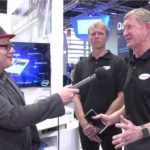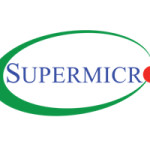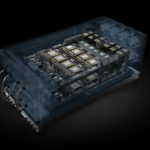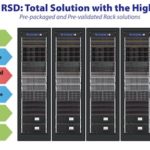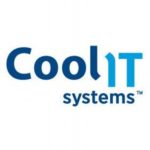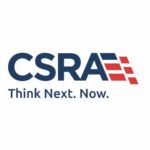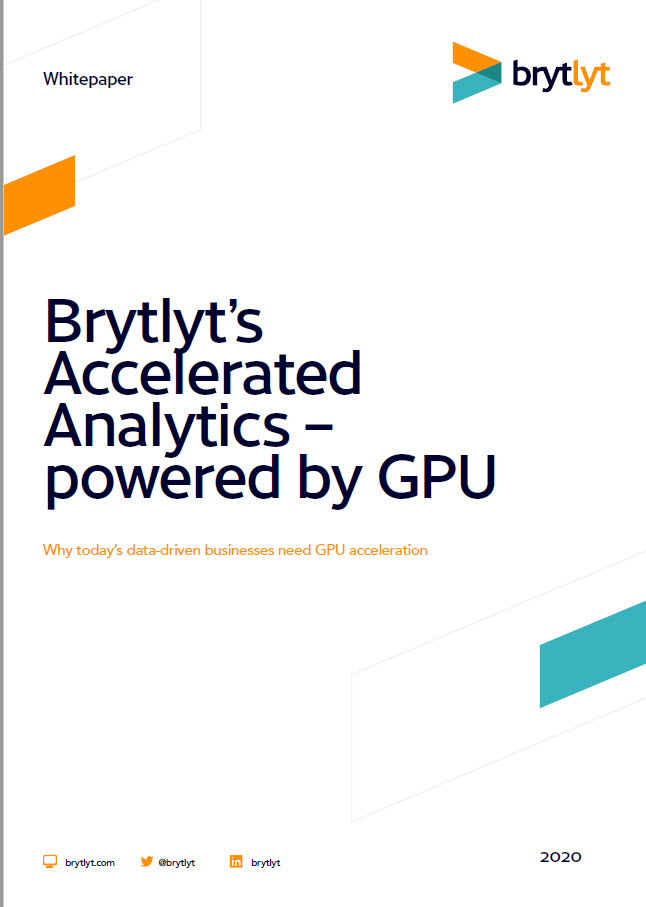Today WekaIO announced record performance on the IO-500 10 Node Challenge benchmark. The Virtual Institute for I/O has placed WekaIO Matrix in first place on the IO-500 10 Node Challenge list, beating out massive supercomputer installations. VI4IO republished the 10 Node Challenge list with the new rankings indicating Matrix as number one—31 percent faster than IBM Spectrum Scale and 85 percent faster than DDN Lustre.
NVIDIA CEO Jensen Huang to Keynote World’s Premier AI Conference
NVIDIA founder and CEO Jensen Huang will deliver the opening keynote address at the 10th annual GPU Technology Conference, being held March 17-21, in San Jose, Calif. “If you’re interested in AI, there’s no better place in the world to connect to a broad spectrum of developers and decision makers than GTC Silicon Valley,” said Greg Estes, vice president of developer programs at NVIDIA. “This event has grown tenfold in 10 years for a reason — it’s where experts from academia, Fortune 500 enterprises and the public sector share their latest work furthering AI and other advanced technologies.”
Supermicro Steps up to HPC & AI Workloads at ISC 2018
In this video from ISC 2018, Perry Hayes and Martin Galle from Supermicro describe the company’s latest innovations for HPC and AI workloads. “Supermicro delivers the industry’s fastest, most powerful selection of HPC solutions offering even higher density compute clusters to deliver maximum parallel computing performance for any science and engineering, simulation, modeling, or analytics applications,” said Charles Liang, president and CEO of Supermicro.
Supermicro Workstation Optimized for Intel’s New Xeon E-2100 Processors
Today Supermicro introduced first-to-market workstation optimized for the new Intel Xeon E-2100 processors. “From professionals to content creators, our customers will benefit from the performance and reliability that these new workstation solutions offer. Furthermore, our new compact IoT system will surely be deployed in a wide range of applications from medical and surveillance appliances to robotic and industrial environments.”
Supermicro, Red Hat, and Solarflare Set World Record STAC Performance
Today Supermicro announced a new world record for lowest latency on the well-known STAC-N1 benchmark. “This benchmark was performed on a pair of Supermicro SYS-1029UX-LL1-S16 servers, each with dual 8-core Intel Xeon Scalable 6144 (Gold) processors overclocked at 4.18GHz. The servers were also loaded with Red Hat’s Red Hat Enterprise Linux 7.5 operating system and Solarflare X2522 Adapters. Compared to all prior publicly released STAC-N1 results, the bare metal system demonstrated the lowest mean latency of 2.3 microseconds at both the base rate (100k messages per second) and the highest rate tested (1 million mps).”
Supermicro Unveils 2 Petaflop SuperServer Based on New NVIDIA HGX-2
Today Supermicro announced the company is among the first to adopt the NVIDIA HGX-2 cloud server platform to develop the world’s most powerful systems for artificial intelligence and high-performance computing. “To help address the rapidly expanding size of AI models that sometimes require weeks to train, Supermicro is developing cloud servers based on the HGX-2 platform that will deliver more than double the performance,” said Charles Liang, president and CEO of Supermicro. “The HGX-2 system will enable efficient training of complex models. It combines 16 Tesla V100 32GB SXM3 GPUs connected via NVLink and NVSwitch to work as a unified 2 PetaFlop accelerator with half a terabyte of aggregate memory to deliver unmatched compute power.”
A New Building Block for HPC & AI: NVIDIA HGX-2 Cloud Reference Platform
Today NVIDIA introduced the NVIDIA HGX-2, a powerful cloud-server reference platform, the HGX-2 provides companies with unprecedented versatility to meet the requirements of applications that combine HPC with AI. “The HGX-2 cloud server platform supports multi-precision computing, supporting high-precision calculations using FP64 and FP32 for scientific computing and simulations, while also enabling FP16 and Int8 for AI training and inference. This unprecedented versatility meets the requirements of the growing number of applications that combine HPC with AI.”
Supermicro RSD 2.1 Pools All-Flash NVMe Composable Storage
Today Supermicro announced their new Rack Scale Design (RSD) 2.1 with pooled all-flash NVMe composable storage support for applications like high throughput ingest, HPC, data analytics, video streaming, CDN, and software-defined storage (SDS) environments. “Occupying just 1U of rack space, our all-flash NVMe storage systems support 32 hot-swap 2.5″ NVMe SSDs for a half petabyte of high-performance storage with Supermicro RSD 2.1 that can be shared by 12 hosts simultaneously,” said Charles Liang, president and CEO of Supermicro. “With dynamically composable server nodes, efficient storage utilization, and independently upgradeable compute resources, our RSD 2.1 solutions with advanced NVMe pooled storage are perfect for efficient and flexible hyperscale datacenters. In fact, we have already deployed these 32-drive systems running Hadoop workloads for a major automobile company.”
Liquid Cooling is Hot – CoolIT Systems Reports 60% Revenue Growth in 2017
Today CoolIT Systems reported company revenue for the fiscal year ended December 31, 2017 (FY2017) increased by 60%. Among the market segments driving growth in FY2017, Data Center saw the most significant escalation with sales up by 75% from the previous year. “Our focus on product quality and reliability continues to be a source of competitive strength. Second, through establishing close engineering partnerships with today’s leading server manufacturers and data center operators we help our customers efficiently manage the increasing heat loads of modern data center environments.”
NASA Goddard Boosts Discover Supercomputer to 5 Petaflops
CSRA Inc. has acquired another compute expansion under its High Performance Computing contract with NASA’s Goddard Space Flight Center. “This HPC expansion brings our compute capacity to over 50 petaFLOPS for all CSRA HPC contracts across the federal government,” said Sharon Hays, PhD., Director of CSRA’s HPC Center of Excellence. “This HPC expansion will help NASA researchers meet their mission objectives and bring a greater understanding of the earth’s climate system.”



